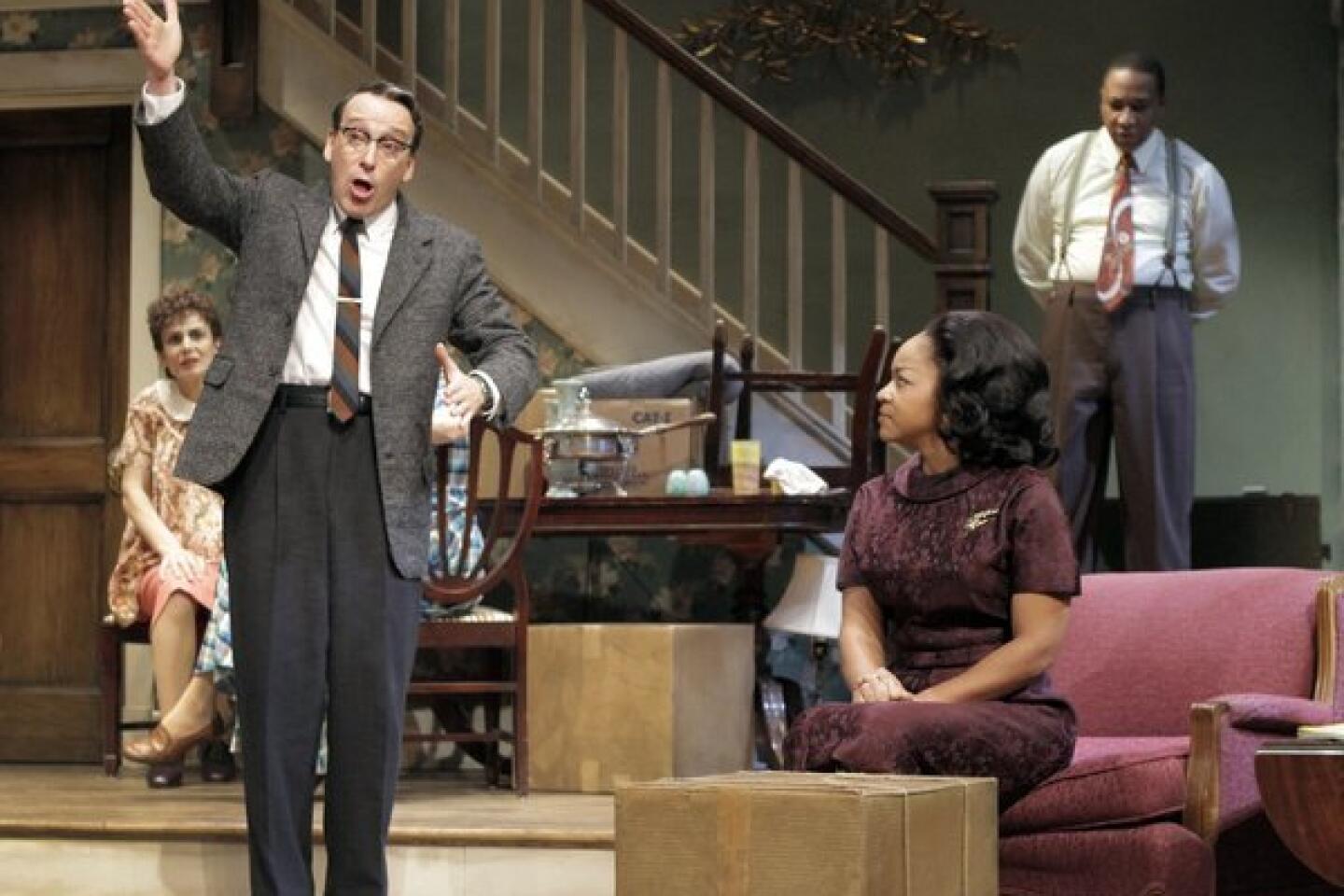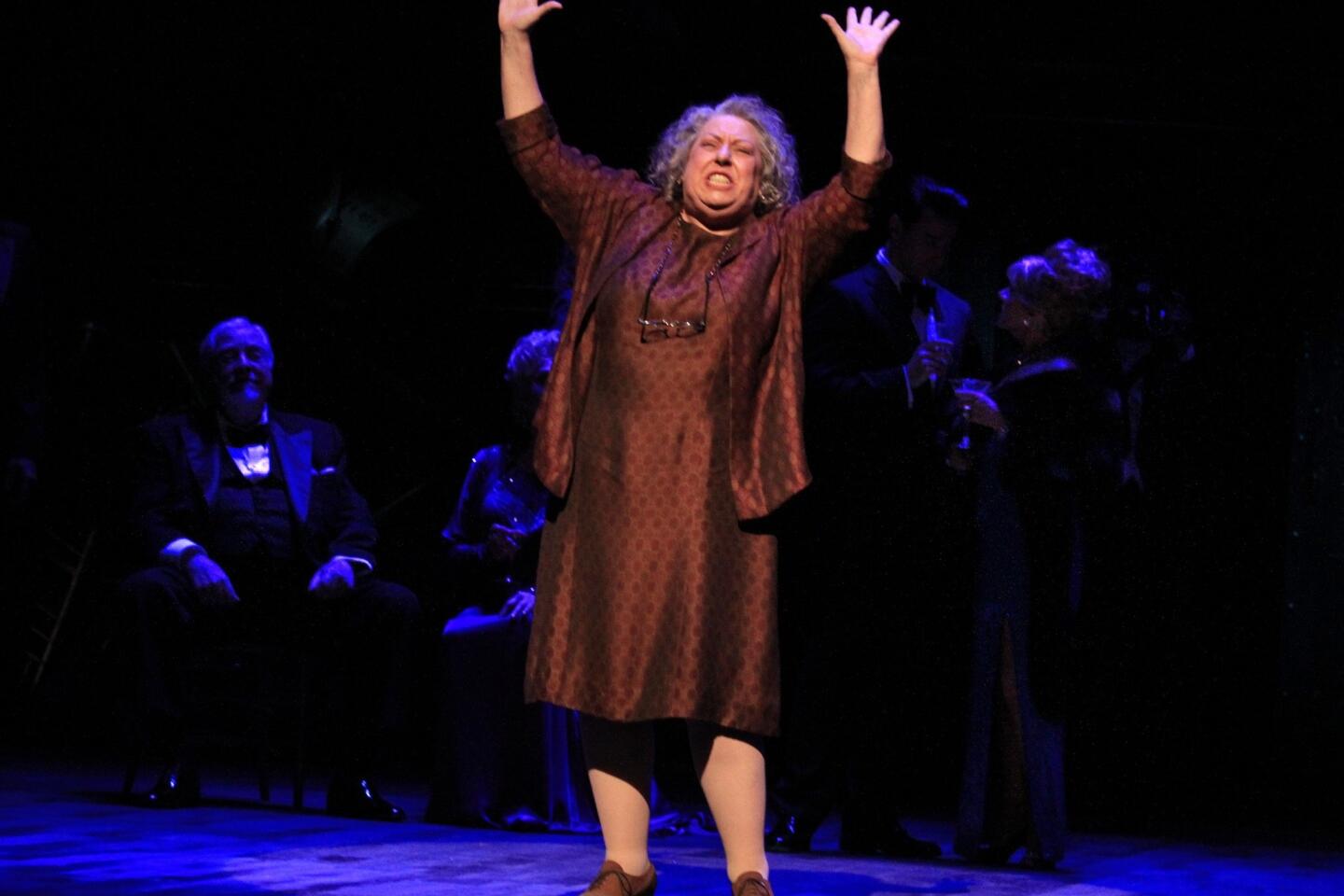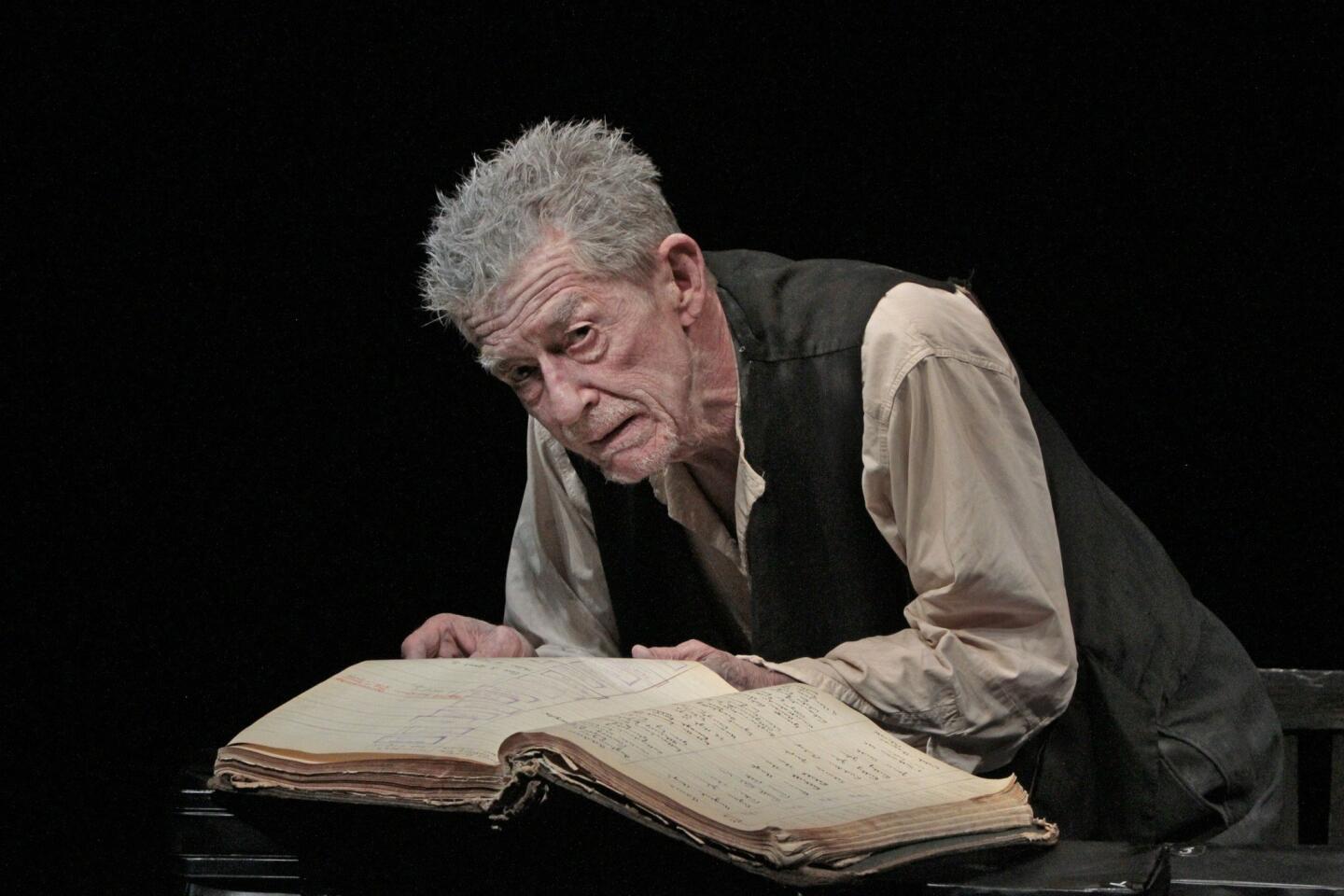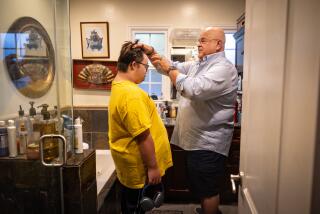California using $2-million arts grant windfall for new programs
The California Arts Council, the agency behind state government’s arts grants, is putting down most of its chips from a one-time, $2-million funding windfall on several new bets involving arts education and community improvement through the arts.
Arts council leaders are hoping that quick payoffs in the form of early success stories from the new programs will improve the long-neglected agency’s chances of replenishing its depleted funding.
Wylie Aitken, the arts council’s chairman, said Monday that the nearly $1.6 million allocated at the panel’s most recent meeting is primarily aimed at two audiences: citizens and public school students who the newly created programs will serve, and the politicians who control the purse strings in Sacramento.
PHOTOS: Arts and culture in pictures by The Times
California governors and legislators have had a decade-long habit of treating arts grants as barely an afterthought in their budget appropriations, landing California chronically near or at the bottom of national rankings of per-capita state funding of the arts.
In last spring’s budget deliberations, arts advocates failed yet again to improve the council’s customary funding of $1 million a year from state tax coffers. They’d lobbied harder than in some past years, and when the budget passed with a 7.6% cut for the arts council, Assembly speaker John Perez stepped in with $2 million from an account under his personal control.
Rather than use the extra money to boost its usual grant-making programs by marginal amounts, Aitken said, the council decided to try to spend it in ways that would win fresh credibility with policymakers, leading to an eventual payoff of increased regular funding.
“We wanted the programs we funded to be shovel-ready, for want of a better term,” said Aitken, an Orange County attorney who’s on the board of the Segerstrom Center for the Arts in Costa Mesa and is a past president of the board at South Coast Repertory in Costa Mesa.
“The John Perez grant could be leveraged into greater support for the council if we can prove that we are a good investment, if we could show that the money we invested on a one-time basis was producing results quickly, in programs proven to be successful.”
CRITICS’ PICKS: What to watch, where to go, what to eat
Nearly half the money allocated at the council meeting last week in Los Angeles will go to Creative California Communities, a new grants program that’s patterned after two national grant-making efforts that use the arts to build a sense of community: Our Town, which is fully funded by the arts council’s federal equivalent, the National Endowment for the Arts, and ArtPlace America, which uses private funding.
The $750,000 for Creative California Communities will be allocated in grants of up to $100,000 to arts nonprofits or municipalities proposing community-fostering projects such as festivals, arts districts and other uses that draw people and attention to a community’s artists and arts offerings.
To qualify, an organization will have to raise additional funds from private sources. The aim is to distribute the money to all regions of the state, including rural as well as urban areas.
Three other programs, totaling $800,000, focus on arts education.
Creativity at the Core will funnel $300,000 to an already-launched initiative by a statewide association of county school superintendents to increase and improve arts instruction in the public schools.
Another $300,000 will provide start-up staffing for The Arts in Turnaround Schools, which aims to duplicate on a statewide scale a federal effort that uses the arts to motivate students and improve overall academic performance in underperforming schools, with funding from private donors.
PHOTOS: Hollywood stars on stage
The money will cover salaries and expenses for a year for the equivalent of 3.5 staff members who’ll organize the program for 10 schools across the state and help recruit other funders. Aitken said they’ll be employees of a new nonprofit organization that runs the program, rather than state employees on the arts council payroll.
An additional $200,000 will fund Jump stARTS, a new grant program aimed at helping children who are either in the juvenile justice system or at risk of getting into trouble that would land them there. Grants of $50,000 will be awarded to four groups already working with such children, with some of the funds reserved for a research study evaluating the programs’ effectiveness.
A smaller allocation of $15,000 or $25,000 will help fund a symposium in the San Francisco area on cultural exchanges with China. Aitken said it’s aimed at participants from throughout California. The lead organizer is the Bay Area Council, a business organization that’s trying to build on Gov. Jerry Brown’s efforts to improve California’s business ties with China.
Aitken said the arts council is still working on guidelines that will establish the grant-making ground rules for Jump stARTS and Creative California Communities, including the rules for applying and for evaluating and ranking the applicants. He said he expects the rules will be adopted at the council’s next meeting in January, when it will also consider what to do with the remaining $425,000 to $435,000 not yet allocated from Perez’s $2 million.
The meeting last week included discussions of several potentially controversial proposals that would have funneled some of the $2 million to specific arts organizations in a way that bypassed the usual open competition for grants.
PHOTOS: Operas by Philip Glass
Some arts advocates were alarmed that the council might award grants without the usual competitive application-and-review process, but none of the proposals was approved.
They included an after-school filmmaking program by two L.A.-based nonprofits, a proposed video series on the arts in California by PBS SoCal, a children’s arts festival sponsored by L.A.’s La Plaza de Cultura y Artes, support for the school of performing and visual arts at Plaza de la Raza in L.A., and proposals for statewide performing-arts tours and touring art exhibitions, including one featuring art by military veterans from California.
Aitken said he hasn’t heard any objections concerning the decision to put most of the Perez money into new initiatives instead of temporarily enriching established grant programs. He said he doesn’t think that sweetening the pot for existing grants would help change Sacramento’s habitual neglect of arts funding.
“To make an impact on the public goodwill, we have to think somewhat differently than we did in the past,” he said. He’s hoping that results from the new programs will begin to register by June, when it will be crunch time for the coming fiscal year’s state budget.
In recent years, the arts council has been stuck at about $5 million a year to cover its grants and administrative expenses -- $1 million each from state and federal tax coffers, plus about $3 million from other sources, primarily voluntary contributions from California motorists via the state’s arts-supporter license plate program.
With the one-time infusion from Perez, the arts council has about $7 million to spend in the current 2013-14 fiscal year.
“I would like to keep at least the $7 million we have” as an ongoing funding base, Aitken said. “Frankly, we deserve a whole lot more. Realistically, we won’t get a whole lot more. We’ve at least raised the arts to the level where they are part of the discussion, and we’re getting a seat at the table with some of the decision-makers.”
ALSO:California’s new state budget reduces arts funding 7.6%
Big state arts funding bill falters, so backers lower the ante
Arts backers hail Perez’ $2-million budget gift, but aim for more
More to Read
The biggest entertainment stories
Get our big stories about Hollywood, film, television, music, arts, culture and more right in your inbox as soon as they publish.
You may occasionally receive promotional content from the Los Angeles Times.














